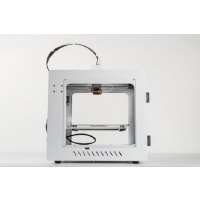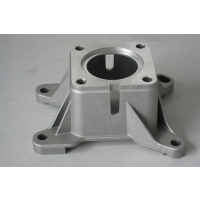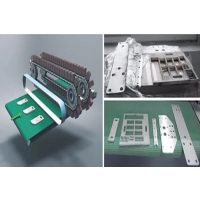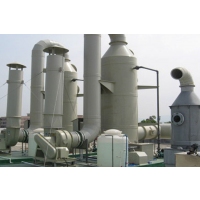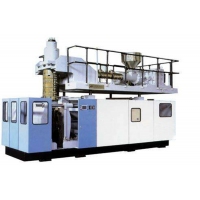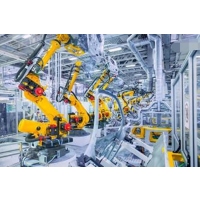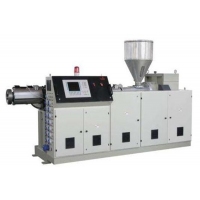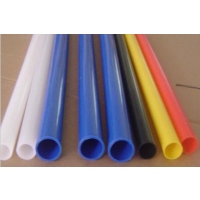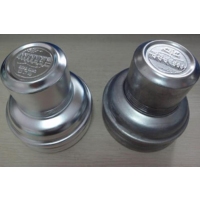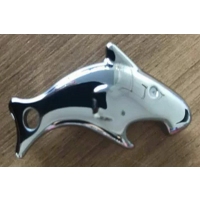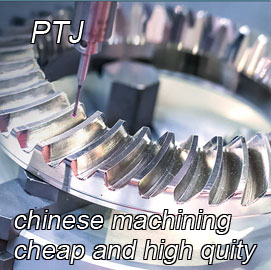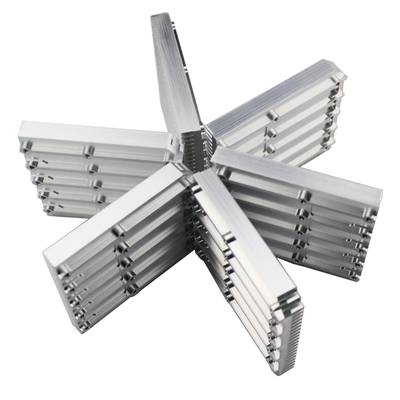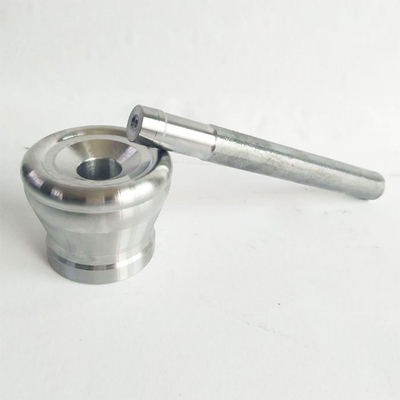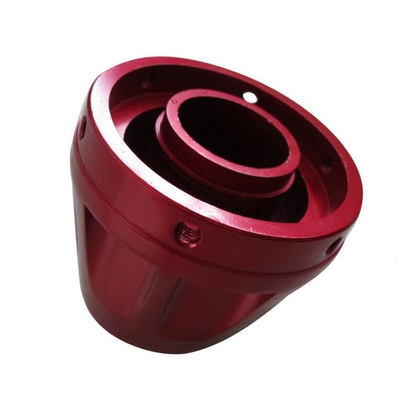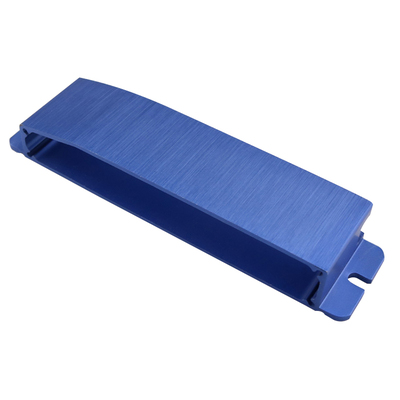-
3D printer printing warped edge solution
Many users of FDM 3D printers are worried about whether there is a way to solve the problem of curling during the ABS printing process. With this question in mind, the author will share with you some solutions that I have adopted when facing this kind of problem.
2021-11-12
-
Die casting porosity analysis and solutions
With the rapid development of the automobile industry and the demand for lightweight automobiles, the die-casting parts of aluminum, magnesium and other alloys have increased significantly, providing a broad prospect for the further development of the die-casting industry.
2021-11-12
-
Development and Application of Grinding Technology in Sheet Metal Manufacturing Industry
In today's economic development and globalization, advanced technologies and concepts from all walks of life can be quickly spread and used in the country.
2021-11-12
-
How to choose electroplating power supply correctly
In the process of electroplating production, the correct choice of a power supply product that suits you is the basis for improving work efficiency. The following are the requirements for selecting electroplating power sources organized by the editor.
2021-11-12
-
Improvement of pretreatment process for aluminum and aluminum alloy electroplating
Electroplating of various metals on the surface of aluminum and aluminum alloys can significantly improve the physical or chemical properties of the surface. When aluminum and aluminum alloys are used as conductors, electroplating silver on the surface can increase the electrical conductivity of the surface or electrical contact parts; Easy to solder, copper, nickel or tin is electroplated on the surface; in order to improve its wear resistance, thick copper is electroplated on the surface. In terms of decoration, most of them are actually electroplating.
2021-11-12
-
Non-ferrous metal waste gas treatment plan
During the production and processing of a metal surface treatment company, there are several processes that produce organic waste gas. These organic waste gas needs to be treated before they can be discharged, because if they are directly discharged into the air, they will seriously endanger human health and pollute the environment.
2021-11-12
-
Explain in detail the safety operating procedures of blow molding machine
1. Before starting the machine, carefully check the power supply, control system and cooling system of the blow molding machine to see if it is normal, add lubricating oil as required, press the (rotary) button to see if it is in the correct position, and start as required for trial operation. 2. Correctly install the mold on the plastic blowing machine.
2021-11-12
-
Plastic blister machine plus automatic industrial robot to reduce the labor plan of plastic production
China is known as the "world factory". With the continuous development of the economy, China's manufacturing industry will be in a stage of transformation and upgrading. More companies will seek robot substitution strategies to enhance their corporate image and strengthen product quality control and improvement. Labor productivity.
2021-11-12
-
Introduction to the cleaning method of plastic extrusion molding machine
In plastic extrusion molding equipment, the plastic extruder is usually called the main machine, and the subsequent equipment that is matched with the plastic extrusion molding machine is called the auxiliary machine. After more than 100 years of development, plastic extruders have derived from the original single-screw, multiple-screw, multi-screw, and even non-screw models.
2021-11-12
-
The design scheme of PVC plastic formula
Pure polyvinyl chloride (PVC) resin belongs to a kind of strong polar polymer, and its intermolecular force is relatively large, which leads to higher softening temperature and melting temperature of PVC. Generally, it needs 160~210℃ to process.
2021-11-12
-
Control scheme of flow mark in polishing process
So far, the most widely used system for chemical polishing of aluminum and its alloys is a mixed solution of sulfuric acid-phosphoric acid-nitric acid, copper and additives (hereinafter referred to as the triacid system). This system is widely used in domestic and foreign production lines under different commercial names for its advantages of easy maintenance, wide control range of triacid ratio, polishing temperature, water content, moderate polishing time, and high product measurement.
2021-11-12
-
The application of polishing equipment in the metal industry
The history of polishing process is very long and it is widely used. However, the efficiency of traditional polishing process is really very low, which is not in line with the current industrial development, so the emergence of polishing equipment is a very inevitable thing. NS.
2021-11-12
- 5 Axis Machining
- Cnc Milling
- Cnc Turning
- Machining Industries
- Machining Process
- Surface Treatment
- Metal Machining
- Plastic Machining
- Powder Metallurgy Mold
- Die Casting
- Parts Gallery
- Auto Metal Parts
- Machinery Parts
- LED Heatsink
- Building Parts
- Mobile Parts
- Medical Parts
- Electronic Parts
- Tailored Machining
- Bicycle Parts
- Aluminum Machining
- Titanium Machining
- Stainless Steel Machining
- Copper Machining
- Brass Machining
- Super Alloy Machining
- Peek Machining
- UHMW Machining
- Unilate Machining
- PA6 Machining
- PPS Machining
- Teflon Machining
- Inconel Machining
- Tool Steel Machining
- More Material

